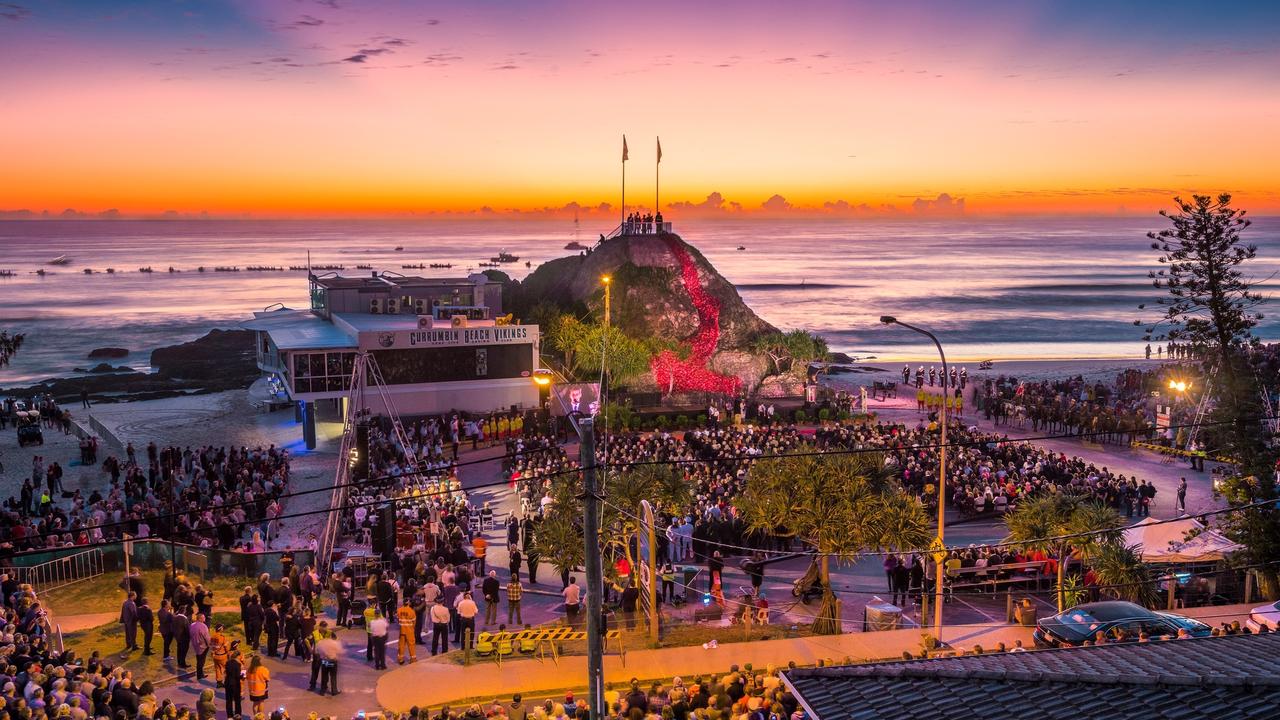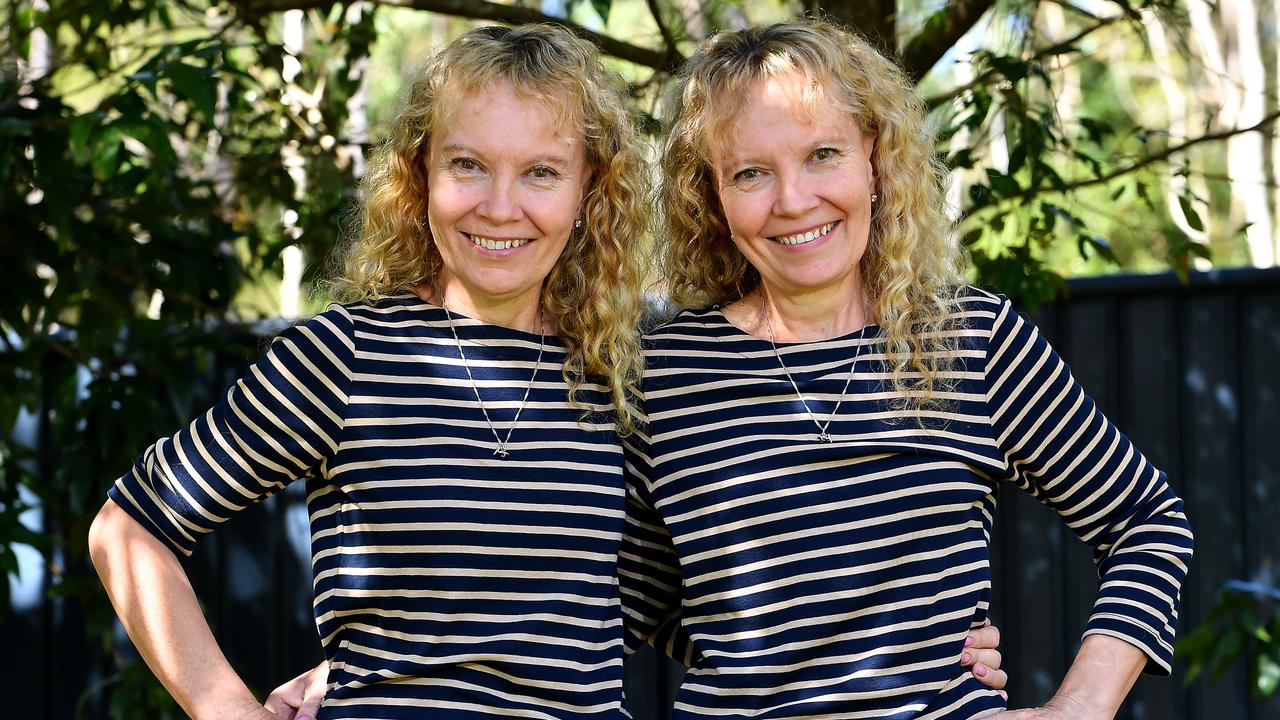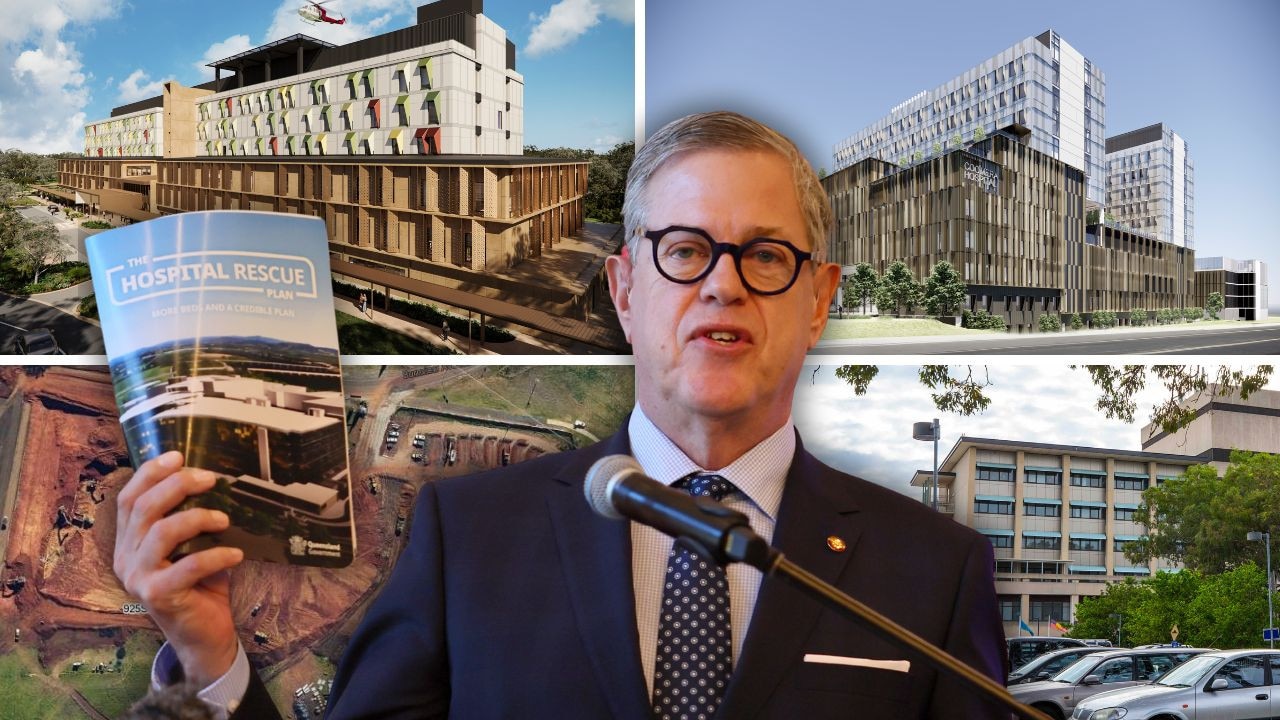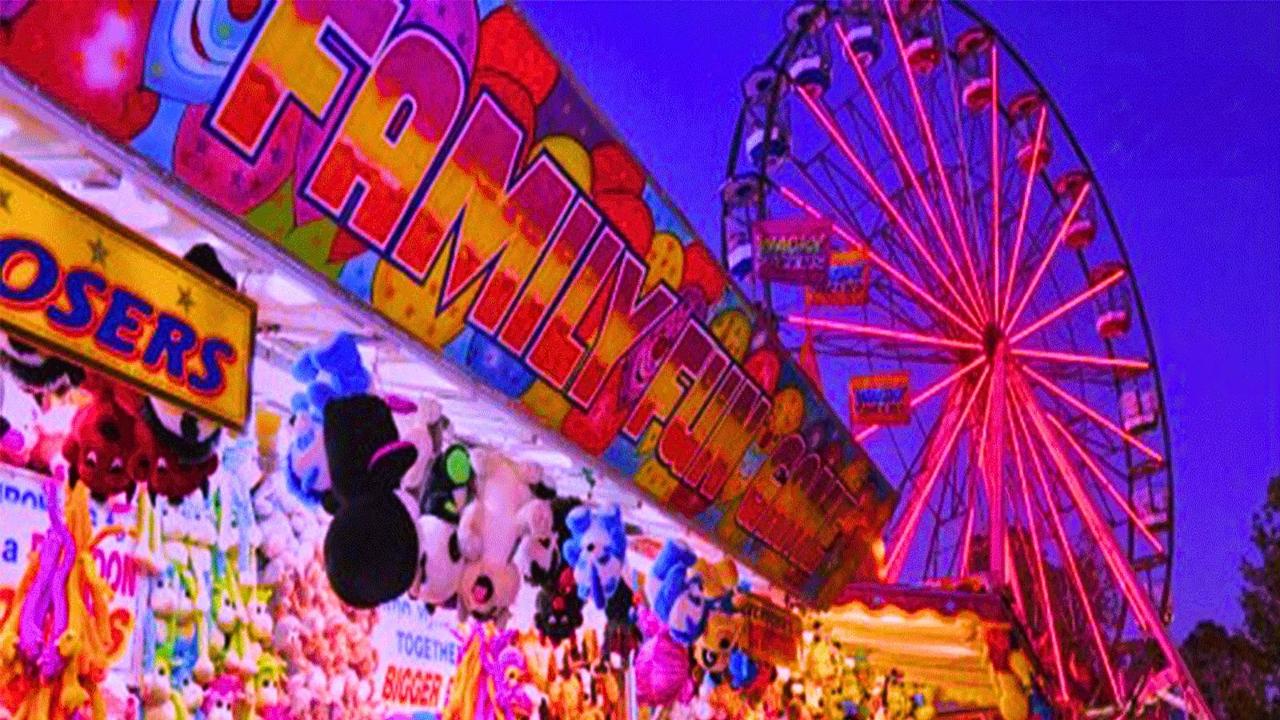Qld prepares for biggest electoral shake-up in decade
Premier David Crisafulli is refusing to rule out increasing the number of political seats in Queensland as the state prepares for a major electoral redistribution. VOTE IN OUR POLL
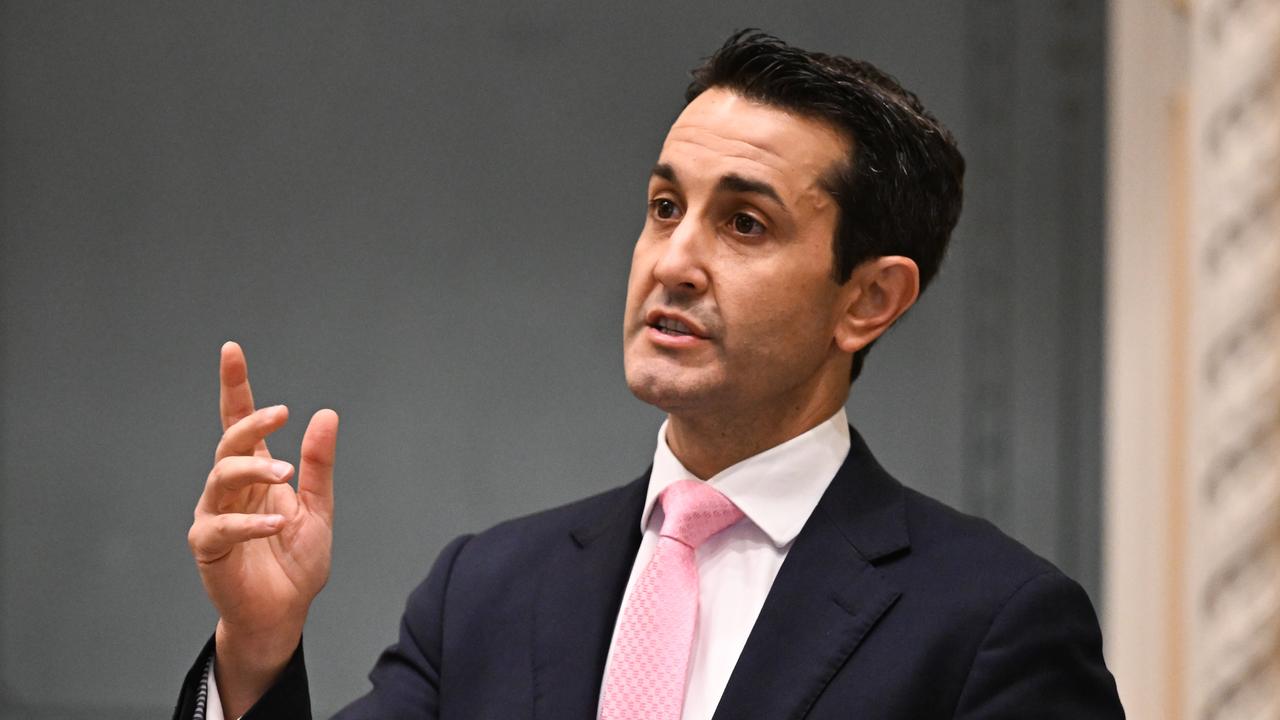
QLD News
Don't miss out on the headlines from QLD News. Followed categories will be added to My News.
Queensland could see more politicians in parliament by the 2028 election, with Premier David Crisafulli refusing to rule out increasing the number of seats as the state prepares for a major electoral redistribution.
The state last added four seats in 2017, following a 2016 redistribution under the Palaszczuk Labor government, which controversially also introduced mandatory preferential voting.
Mr Crisafulli has pledged to roll back that reform, promising voters the October election would be “the last time you have to vote for people who you don’t want to vote for.”
The government would have to amend existing legislation to reverse mandatory preferential voting, and amend the Constitution of Queensland 2001 to increase seats.
Asked whether he supported Katter’s Australia Party Leader Robbie Katter’s push to have seats outside the southeast, Mr Crisafulli didn’t rule out increasing seats.
“I haven’t turned my attention to it, but I am I am mindful that there are some really large constituencies,” he said.
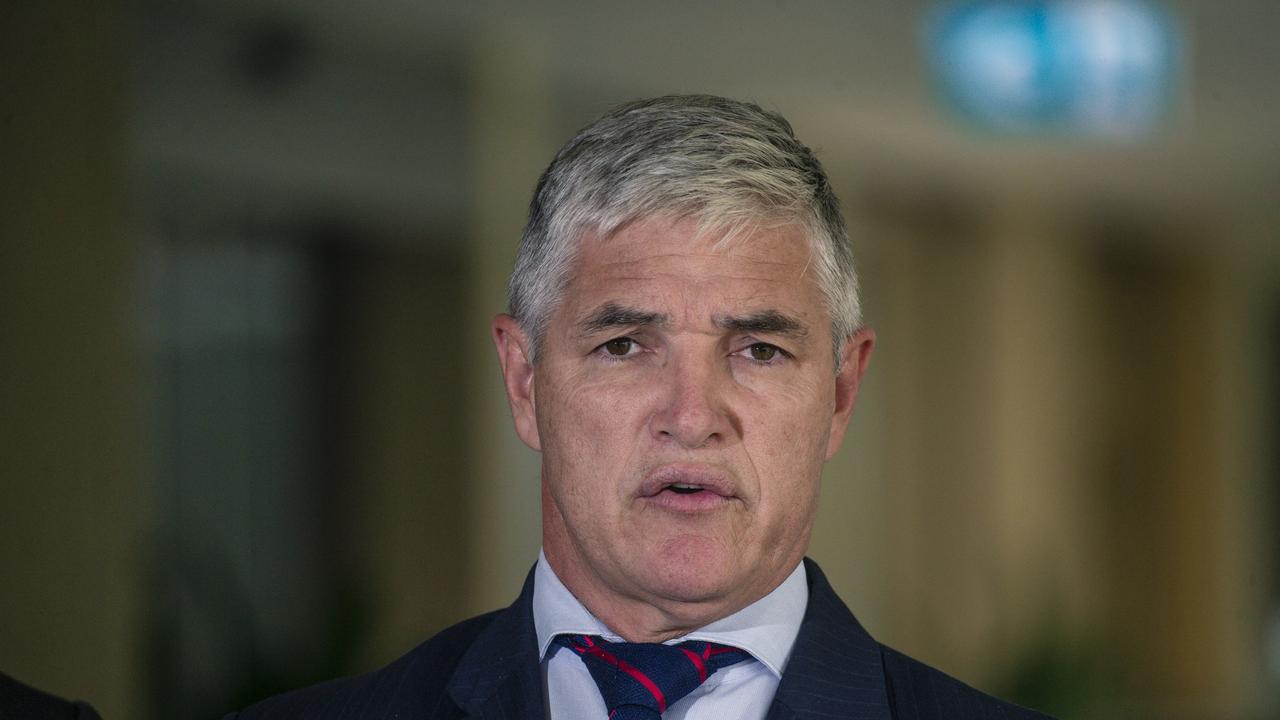
The Electoral Act 1992 mandates that each of the 93 electoral districts must have an enrolment within 10 per cent of the state’s average, meaning there cannot be too many or too few voters per member of parliament as it will strengthen or weaken the vote for that electorate.
There are currently 14 seats above or below this 10 per cent threshold that are “out of quota” – the most bloated electorate being Coomera, which has exploded to 37 per cent above the voter average, trailed by Logan (+26.4 per cent) and Jordan (+19.8 per cent) not far behind.
Meanwhile, inner-metropolitan seats such as Toohey (-13.1 per cent) and Stretton (-13.0 per cent) have shed voters to fall well below the threshold and will need boundary changes to regain voters.
Former Labor speaker and QUT adjunct associate professor John Mickel said a redistribution would require “major surgery” in the southeast, particularly between neighbouring Gold Coast electorates Coomera and Gaven.
“For every seat you create, you’ve got to lose one,” he warned.
He cautioned the government against making changes to the voting system or seat numbers without scrutiny from an independent review body like the Fitzgerald-era EARC. The revised boundaries are expected to be in place for the 2028 election.
Over-Enrolled Districts (above +10% of the average):
Coomera: +37.07%
Logan: +26.44%
Jordan: +19.83%
Murrumba: +18.49%
Caloundra: +17.20%
Bundamba: +16.11%
Hervey Bay: +13.37%
Gympie: +12.72%
Under-Enrolled Districts (below -10% of the average):
Gaven: -11.39%
Gregory: -11.38%
Mundingburra: -12.18%
Oodgeroo: -12.17%
Stretton: -13.09%
Toohey: -13.11%
New seats added in 2016/17:
Hill – Northern Queensland (based around Atherton and Innisfail, carved from Dalrymple and other areas)
Jordan – Growth corridor between Ipswich and Logan
Macalister – Logan/Gold Coast fringe
Bancroft – Northern Brisbane fringe (split from Murrumba)
Originally published as Qld prepares for biggest electoral shake-up in decade


